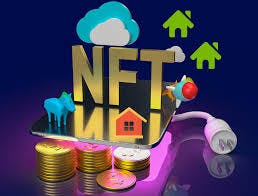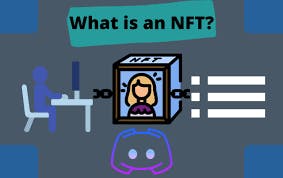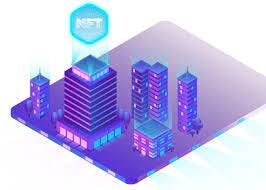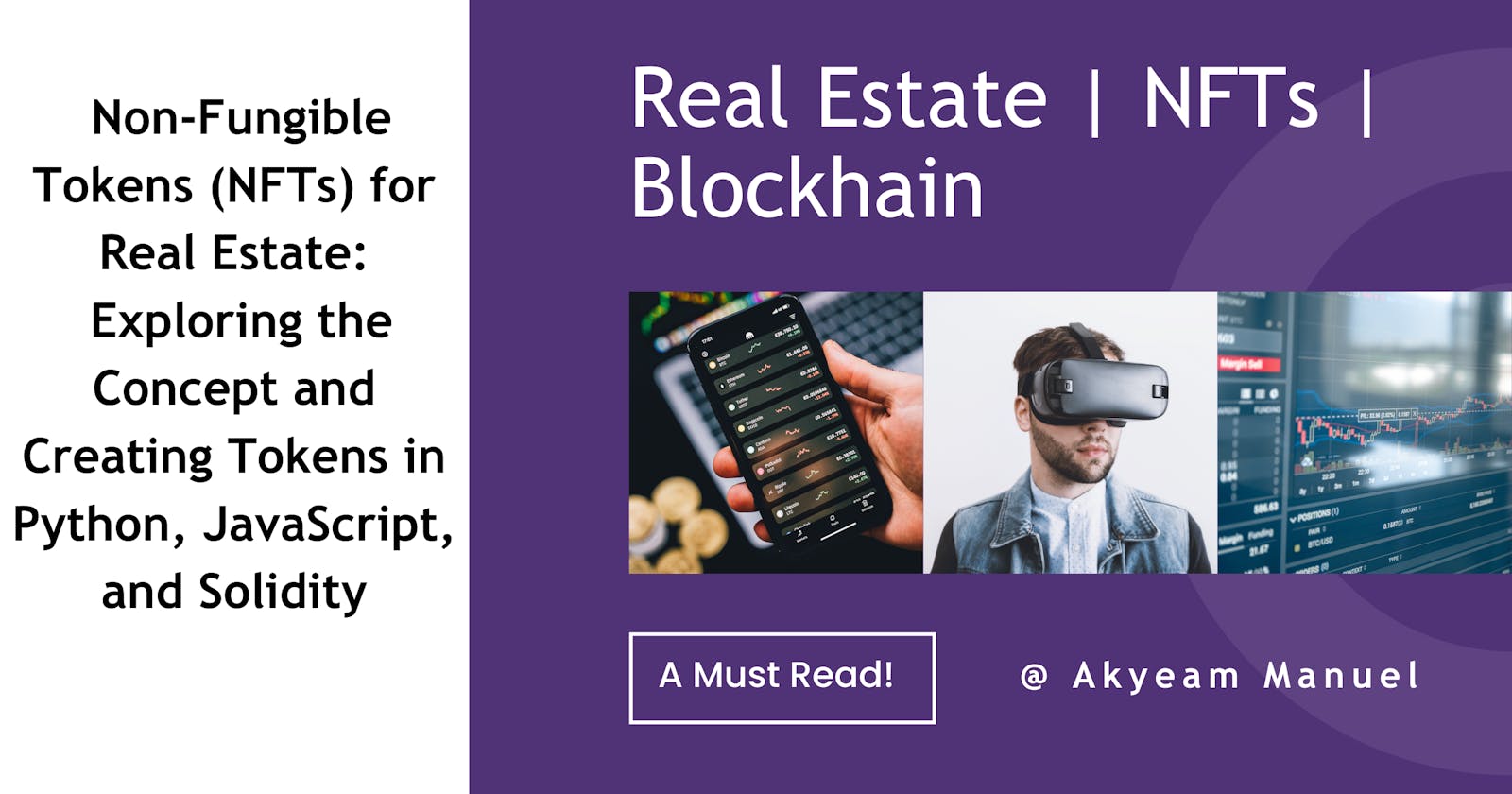NFTs for Real Estate: A Step-by-Step Guide to Creating Tokens in Python, JavaScript, and Solidity
Exploring the Potential of NFTs in Real Estate: A Comprehensive Guide to Creating and Managing Property Tokens.
I. Introduction Non-fungible tokens (NFTs) are gaining popularity in the real estate industry as a new way of buying and selling properties. In this article, we will explore the concept of NFTs for real estate and how to create tokens using Python, JavaScript, and Solidity. We will also discuss the benefits and challenges of using NFTs in the real estate industry.

II. Understanding Non-Fungible Tokens A non-fungible token is a type of digital asset that represents a unique item or piece of data. Unlike fungible tokens like Bitcoin or Ethereum, which are interchangeable, non-fungible tokens are unique and cannot be replicated or exchanged. They are typically used for digital art, collectibles, and other unique items.

III. Benefits of NFTs for Real Estate One of the main benefits of using NFTs for real estate is the ability to fractionalize properties. This means that a property can be divided into smaller pieces, allowing multiple buyers to invest in it. NFTs also make it easier to buy and sell properties internationally, as they eliminate the need for intermediaries like banks and lawyers.

IV. Challenges of NFTs for Real Estate Despite the potential benefits of using NFTs for real estate, some challenges need to be addressed. One of the main challenges is the legal framework surrounding the use of NFTs in real estate. There are still many questions around ownership, transfer of ownership, and property rights that need to be addressed before NFTs can be widely adopted.

V. Creating NFTs for Real Estate Using Python, JavaScript, and Solidity To create NFTs for real estate, we can use a combination of Python, JavaScript, and Solidity. Python can be used to create a web interface for interacting with the blockchain, while JavaScript can be used to create the front-end interface. Solidity is the programming language used to write smart contracts for the Ethereum blockchain.
VI. Steps to Create NFTs for Real Estate Here are the steps to create NFTs for real estate using Python, JavaScript, and Solidity:
Create a smart contract using Solidity that defines the NFT for the property.
Compile the smart contract using a Solidity compiler.
Deploy the smart contract to the Ethereum blockchain using a tool like Remix.
Use Python to create a web interface for interacting with the smart contract.
Use JavaScript to create a front-end interface for the web application.
Create a digital wallet to hold the NFT for the property.
Transfer the NFT to the buyer's digital wallet once the property is sold.

VII. Conclusion
NFTs have the potential to revolutionize the real estate industry by making it easier to buy and sell properties. While there are still challenges to be addressed, the benefits of using NFTs for real estate are clear. By following the steps outlined in this article, you can create your NFTs for real estate and be at the forefront of this exciting new trend.
